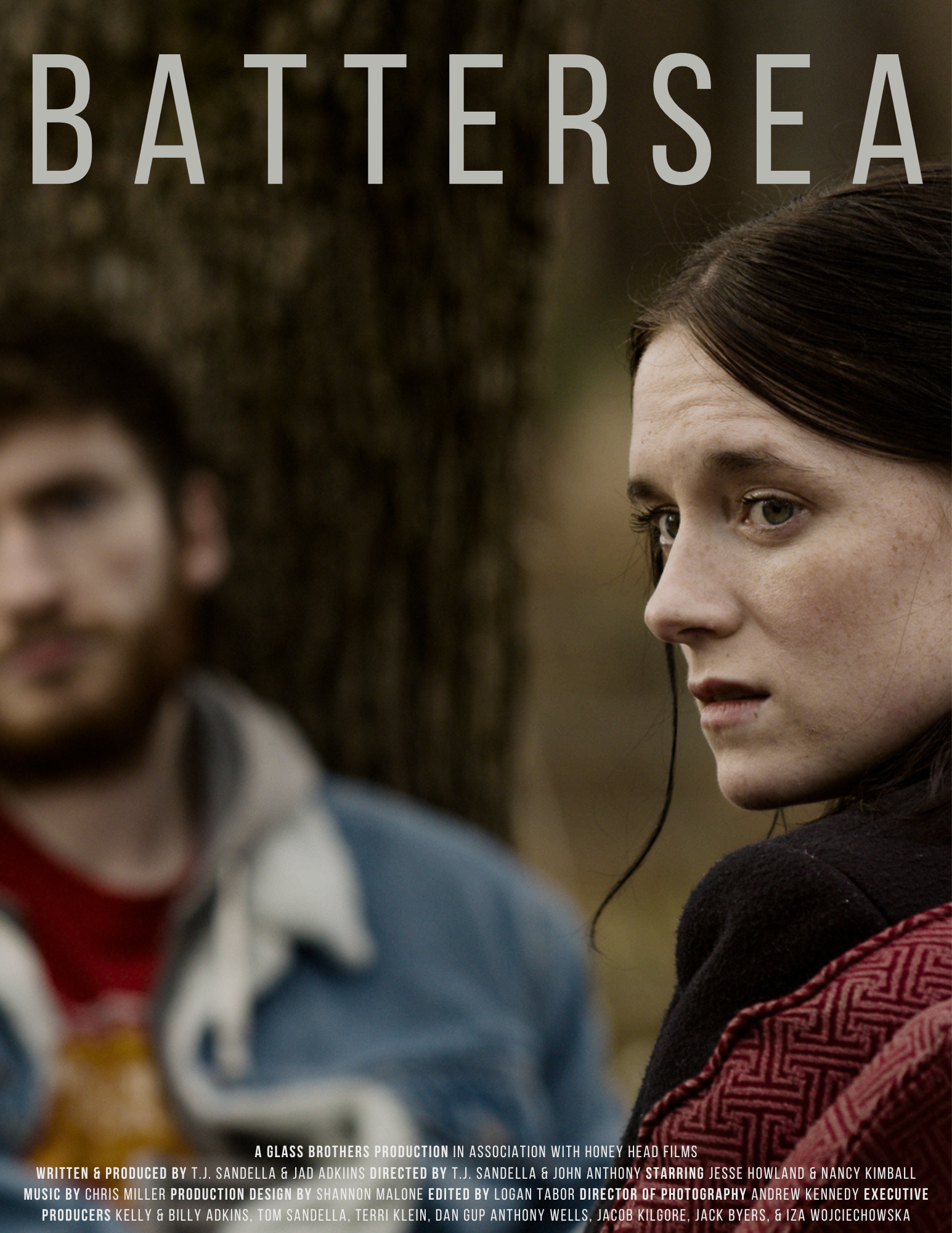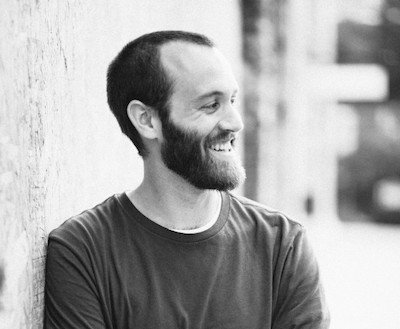THE HOUSE YOU GREW UP IN IS FULL OF GHOSTS.
Siblings reconvene at their childhood home, where they spend a precarious weekend drinking and talking—uncovering the narratives and secrets that have shaped their lives.
An Indie Dream, A Decade in the Making
a film by T.J. Sandella & Jad Adkins
In 2014, fresh out of grad school and burnt out on our own writing projects, we started kicking around the idea of writing a screenplay together. We found a spot halfway between Cleveland and Durham—a cold cabin with no running water in Flatwoods, West Virginia—and spent two days brainstorming ideas, talking about the stories we wanted to tell, arguing about the details. Lovers of character-driven films that find drama in well-drawn conversations, we left the cabin with the germ of an idea: two characters, stuck in a house, with nothing to do but talk.
We’ve always gravitated to filmmakers like Cassavetes, Ozu, and Kore-eda. Films like Who’s Afraid of Virginia Woolf, Old Joy, and the Before Trilogy. The conversational film is a genre all in itself—one that challenges conventions and implicates the audience. In a panel discussion with the DGA, Richard Linklater said, “Most film teachers will say, ‘it’s a visual medium—show it, don’t talk about it.’ But I never approached cinema like that. I always thought people talking was so evocative.” We whole-heartedly agree.
Battersea is built on two long conversations, and the challenge, of course, is to make that dialogue work for the medium—to make it cinematic, to command the audience’s attention. It’s no small task, which is why this script took a decade to write, why we auditioned over 700 actors to play the two leads. To commit to such an undertaking in a debut feature, the pieces had to be right, which is, perhaps, another hallmark of our credo—an obsession with getting it right, killing darlings, starting over. Much like the conversations in this film, “getting it right” is a long negotiation of narratives and perspective, an upheaval, a series of mistakes and mishaps. It's a doomed and joyful excavation.
Which is how we find ourselves here, a decade later, overjoyed that after all that excavating, after hundreds of drafts, thousands of pages suffered over and deleted, darlings killed. After countless mistakes, humiliations, educations on the business and craft, cold emails, cold calls, crows eaten, dead ends, all our savings. That after one pandemic, all the Zooms, the Skypes, and the many dozens of meetings with the wrong people, we found two dozen artists as foolishly optimistic as we are—every one of them a perfect fit—all eager to help us make this simple but profound film about two people burdened by the past, who risk a great deal in telling their stories.
Stills




































